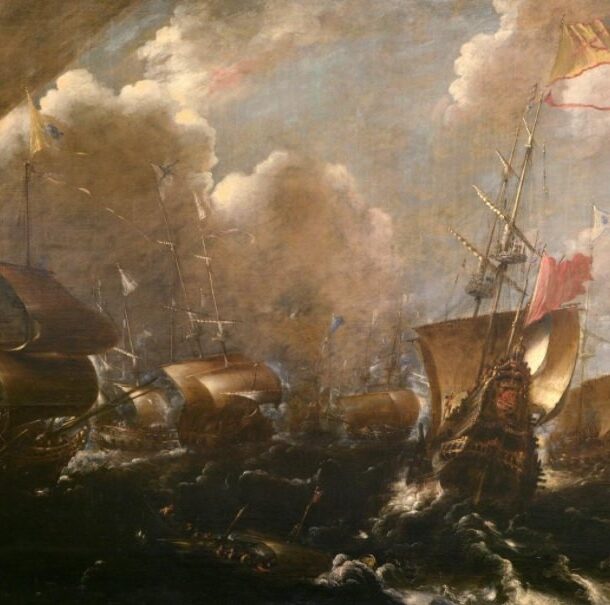
Zurbarán’s painting depicts the miracle in which meat was turned into ash and for which the Carthusian monks decided to maintain perpetual abstinence from eating meat. The composition is divided into three planes: the first is reserved for the page and Saint Hugo, the second for the symbolic lunch and the last for the seven friars behind a table where a still life is recreated. Above their heads rests a painting of the Virgin, the child and Saint John the Baptist, patron saints of the order. The page’s clothing is interesting as it situates the work chronologically, as the Italian-style collar, the long doublet and breeches and the small volume date from 1635. Zurbarán’s balanced composition is notable for the exquisite use of the various shades of white.
Collection: Images
Project: 11. Science and culture as representation in Europe.
Chronology: XVII
Scope: Secondary education, Baccalaureate, University
Link: http://ceres.mcu.es/pages/Viewer?accion=4&AMuseo=MBASE&Ninv=CE0174P
Resource type: Image
Format: Oil on canvas (262 x 307 cm)
Source: Museo de Bellas Artes de Sevilla (Sevilla)
Language: Spanish
Date: ca. 1655
Owner: Álvaro Romero González (Modernalia)
Identifier: CE0174P
Copyright: Museo de Bellas Artes de Sevilla (Sevilla)
Abstract: Interior of a religious scene by Zurbarán showing Saint Hugo surrounded by Carthusian monks
Image
Tags





